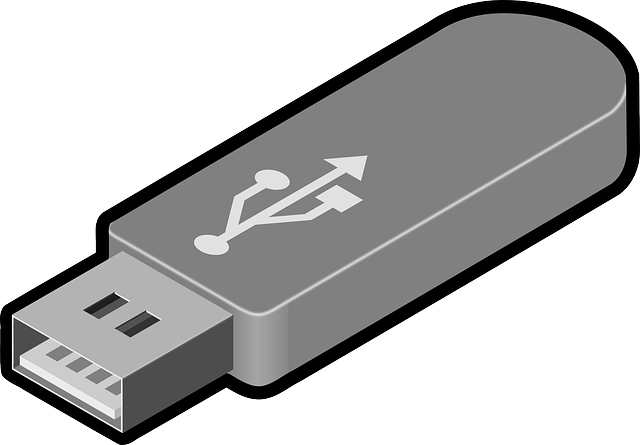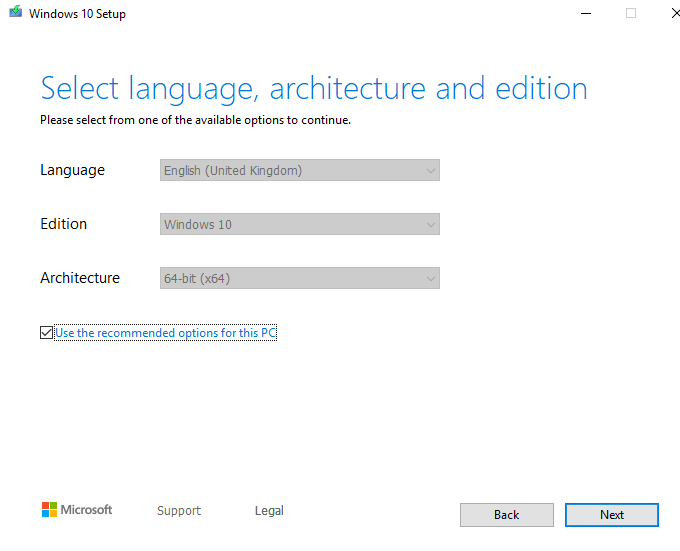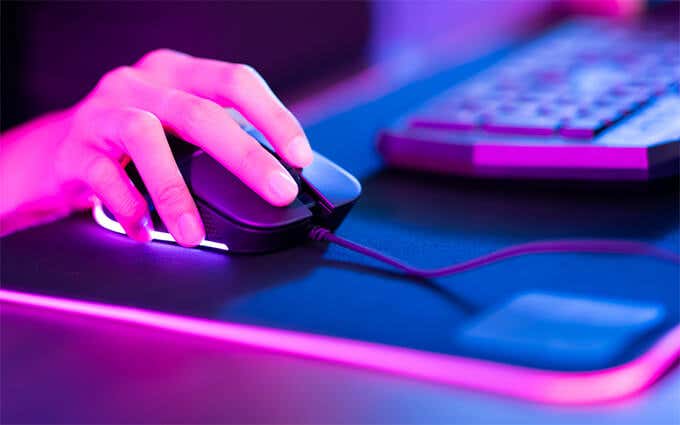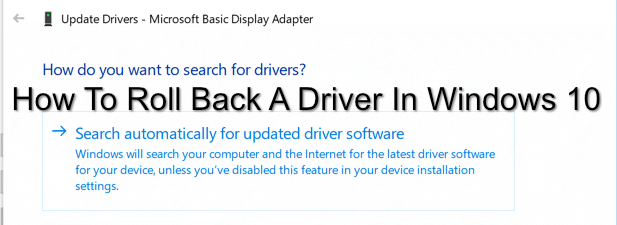Back in March, I wrote about making a MacOS installer on a USB stick. But you may not be aware that it is entirely possible to do the same with Windows 10 (or whatever the current version of Windows is).
Windows comes pre-installed with every PC but there are times when a USB version becomes invaluable. One is when you have trouble installing operating system updates the normal way (which happened to me last year). The second is if you make a living wiping and refurbishing used computers. Having a USB version of the latest Windows version makes reinstalling the system absurdly easy.


Obviously Windows is
not free, so along with the USB installer, you will also need a valid legal license
key. Obviously we can’t help you with that. But the installer? No problem. Read
on.
Contents
Creating The Windows Installation USB Stick
Before we start, it is
worth pointing out that whatever version of Windows you put on your USB stick
will be the current version that Microsoft is offering. This means that any
subsequent patches and updates will not be included as the USB stick will
obviously not auto-update.

So once you have
installed Windows using the USB method, you will need to check regularly to see
if Windows has been updated. If so, you will have to delete the version on the
stick and replace it with the new version. The whole process which I am about
to describe doesn’t take very long so it’s not a big deal.
Wipe The USB Stick
The first step is to
make sure the USB stick is completely blank. If you have just bought it, it
will already be blank. But if it is a used stick, you need to format it. Doing
so will wipe all of the contents. The stick needs at least 8GB of space for the
installer to be built properly.
To format the stick,
right-click on it in Windows Explorer and click “Format”.

In the box that comes
up, click “Start” to begin the formatting process.
How long it takes
depends on how used the stick is and how much data is already on it.

Download The “Media Creation Tool” From Microsoft

Next, head to the Microsoft website and download the “Media Creation Tool”. This is a portable app so no installation is necessary. Just download the file then double-click to get started.
Choose Your Installer Format
After scanning your
computer to see what’s needed and asking you to pretend to have read the Terms
& Conditions, the installer will now ask you what you want to do.

It has seen that I
haven’t installed the latest patch yet so it has offered me that. But I want to
make an installer USB so the second option is the one I want. You can also put
Windows 10 on a DVD or ISO file, and I will be discussing ISO files in my next
article. As for DVD’s, I view them as impractical and expensive for something
like this.
Next it will ask you to
choose the language, Windows edition and whether it’s 32 bit or 64 bit you
require. It will put it to what it thinks are the “recommended options” but if
you disagree with any of them, just untick the box and choose what you want.
But unless you have a
very good reason and you know what you are doing, it is best to stick with the
recommended options.

Remember, don’t choose
a version of Windows that you don’t have a valid license key for!
Now confirm that you
want a USB option and not an ISO file.

Click on the USB stick
you want to install it on. If you don’t see it in the list, click the “refresh
drive list” link.

Take extreme caution
that you pick the right USB device. I almost chose my backup portable hard-disk
which would have been a catastrophe.
Now Sit Back & Wait….
Your installer program
will now start to be transferred to the USB stick. As the progress screen will
say, you can continue to use your PC while you wait. But my experience was that
the PC slowed down quite a bit when making the installer.

Either way, it took
about 15 minutes for it to complete.

What The USB Stick Now Looks Like
Now when you click the USB stick in Windows
Explorer, this is what you will see.

The only file you need
to concern yourself with is the “setup.exe” file. When you click on that, it
will open up a Windows installation window, after which you will be prompted
for your license key.






